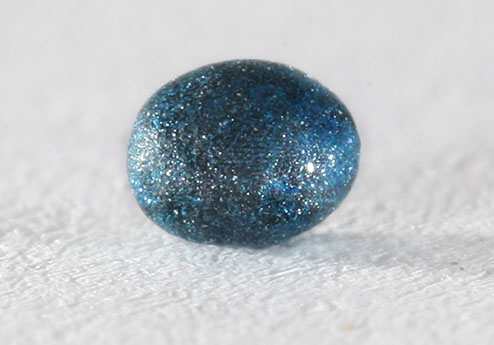An association official says new water monitoring may prompt the federal government to ease up on its proposed ban
Neonicotinoids may still have a future in Canada.
Health Canada scientists have been studying water monitoring data, from across the country, and the Pest Management Regulatory Agency may not ban all agricultural uses of the insecticides, a spokesperson for CropLife Canada says.
“I’m optimistic we will retain some uses,” said Maria Trainer, CropLife managing director, science and regulatory affairs, chemistry, who spoke Feb. 14 at Crop Connect 2019, an agricultural conference in Winnipeg.
“I don’t have any inside information. That’s just what my gut says.”
Read Also

Farming Smarter receives financial boost from Alberta government for potato research
Farming Smarter near Lethbridge got a boost to its research equipment, thanks to the Alberta government’s increase in funding for research associations.
Last summer, Health Canada proposed to ban all outdoor uses of thiamethoxam, a Syngenta product, and clothianidin, made by Bayer.
The department recommended a three- or five-year phase-out because it said the insecticides were accumulating in water bodies and putting aquatic insects, like midges and mayflies, at risk.
“These aquatic insects, which are a source of food for fish, birds and other animals, are an important part of the ecosystem,” Health Canada said in a statement.
In the fall of 2016, Health Canada had previously proposed to ban imidacloprid, a Bayer neonic, because of the risk to midges and mayflies.
The PMRA was supposed to announce its final decision on imidacloprid in December, but that’s been pushed back to December 2019.
The delay is a positive sign, said Trainer, who spoke to a packed room of more than 250 growers, agronomists and ag industry reps at Crop Connect 2019.
“If they were going to pull the plug on imidacloprid, my gut says they would’ve published the final decision … in December.”
Neonics are the most commonly used insecticides in Canada. They are used as seed treatments on nearly every canola and corn seed, along with a portion of soybean seeds. They’re also popular with fruit and vegetable producers, who often use the products as a foliar spray.
The delay suggests that PMRA scientists are evaluating water monitoring data from wetlands, creeks, rivers and other water bodies near agricultural land.
When the PMRA made its initial decision on imidacloprid, CropLife, academics and producer groups complained the agency relied too heavily on computer models — not actual data showing the amount of neonics in water bodies.
“They claim they have some numbers (but) they made their determination on the basis of a model,” said Craig Hunter, research and crop protection specialist with the Ontario Fruit and Vegetable Growers’ Association, in 2016. “They put numbers into a model and then said it was unsustainable.”
In response to the criticism, the PMRA brought together stakeholders, including provincial governments, commodity groups and academics, to establish an environmental working group.
The group looked for existing data on neonic concentrations in water and then organized water monitoring studies, across Canada, during the 2017 and 2018 growing seasons.
PMRA officials have looked at the data.
It may have altered their thinking on neonics and the related risk to aquatic insects.
“The PMRA said it’s the best set of data they’ve had for water monitoring,” Trainer said.
“The data that I’ve seen indicates there are very low levels and very infrequent detects of any of the neonics above levels of concern in a lot of water bodies.”
If Health Canada does back away from the neonic ban it would be an unusual move. When the PMRA makes a proposed decision on a pesticide, it normally sticks with the decision.
“A proposed decision by a regulator like the PMRA is (usually) seen as a done deal by a lot of other countries. It’s certainly viewed as a done deal by the (non-governmental organizations),” Trainer said.
The United States Environmental Protection Agency takes a different approach to evaluating pesticides. Early in the process it publishes a draft risk assessment.
“This is a big deal because a draft risk assessment doesn’t include any proposed risk mitigation (or regulatory measures),” Trainer said.
CropLife Canada would like the PMRA to adopt a similar approach so there is more opportunity for consultation with industry and the public before the final decision.
Health Canada plans to announce its final decision on all three neonics in December. Even if there are extremely low levels in wetlands, creeks and ponds near cropland, it’s unlikely the PMRA will completely reverse its decision.
“I don’t’ believe, for a second, we will continue to have the … use (of neonics) that we have right now,” Trainer said.
“We will lose some uses.”


















